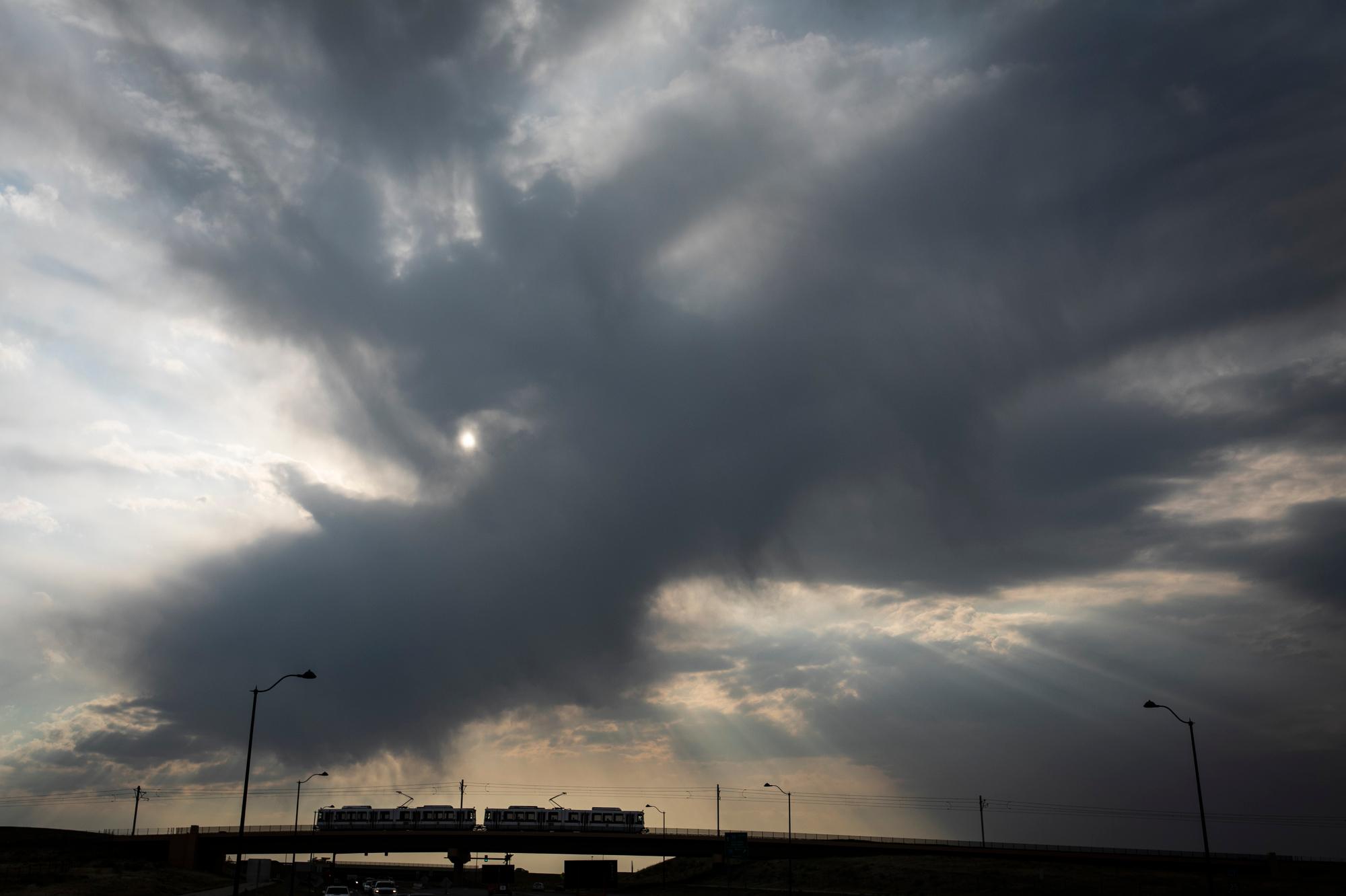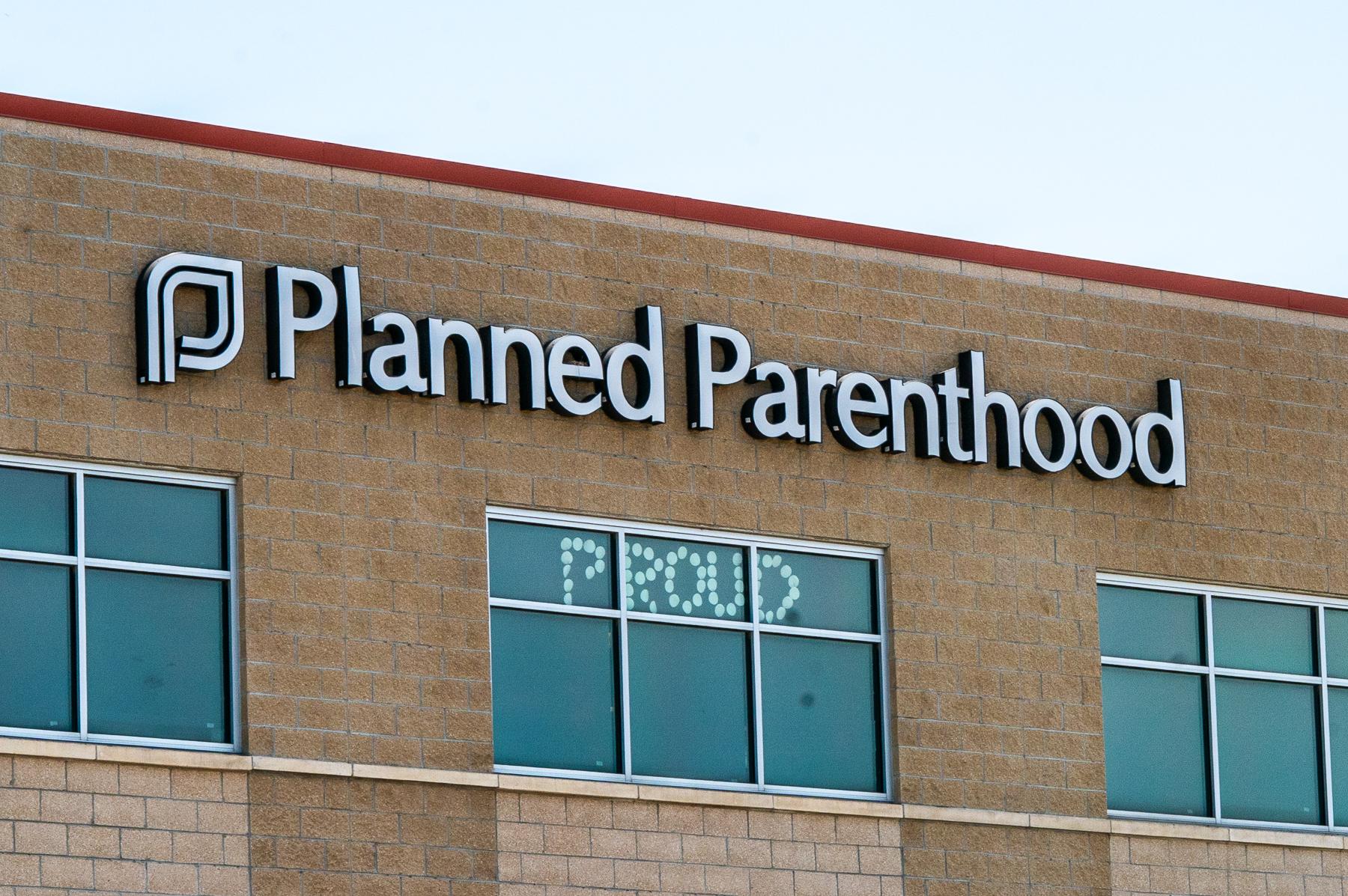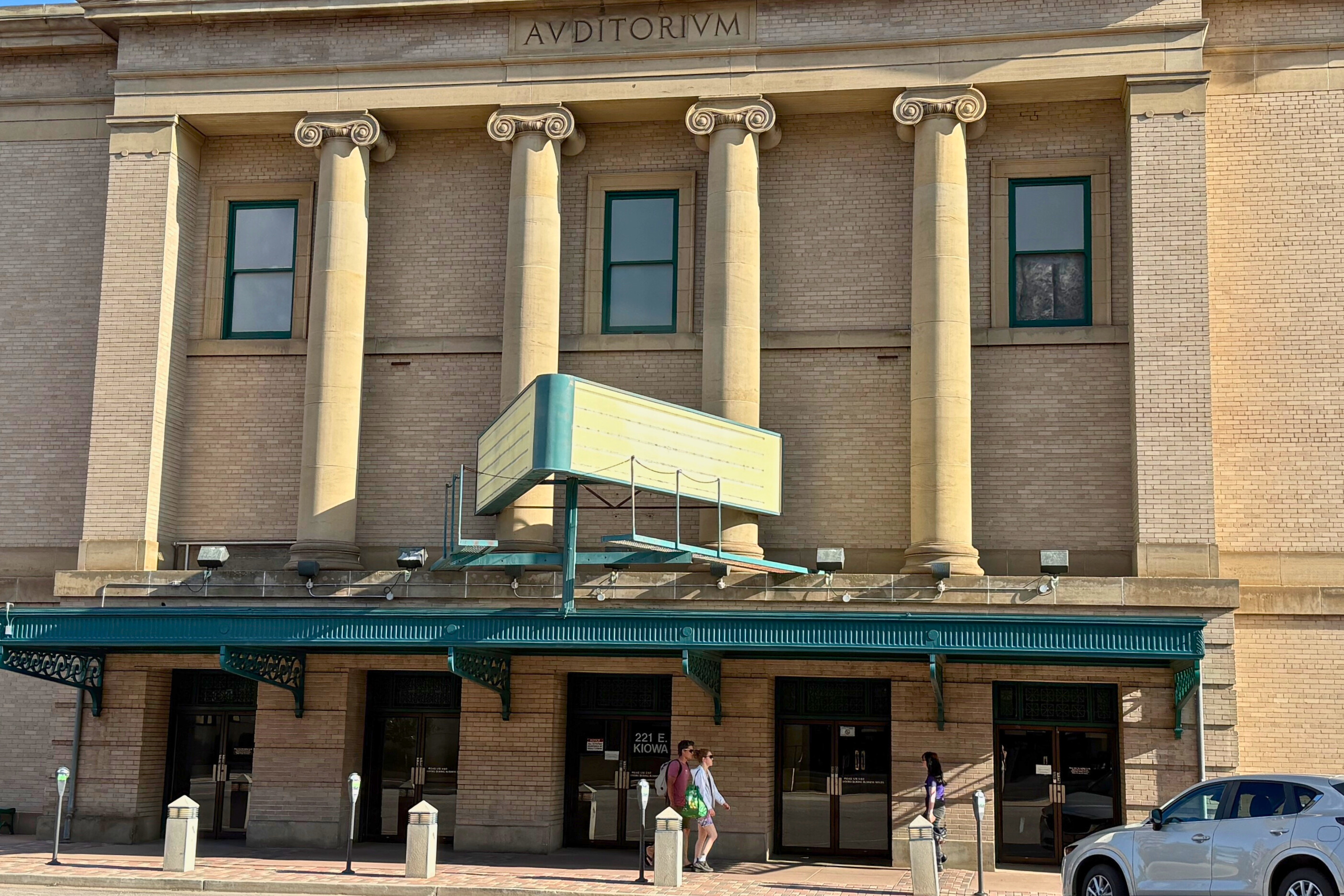
The Parker town council has endorsed model legislation that would allow it to begin the long process of leaving the Regional Transportation District.
The suburban town of about 50,000, about 25 miles southeast of downtown Denver, saw its two bus lines — one local route and one commuter line to and from downtown — cut last year as RTD struggled through the early stages of the coronavirus pandemic. Now, RTD only provides Access-a-Ride service for riders with disabilities and a small Flexride shuttle within the town limits.
That’s exacerbated an already imbalanced relationship between what most Parker residents pay in sales taxes to RTD — about $11.5 million in 2019 — and transportation services they receive, Parker town councilors said at a recent meeting. RTD provided about $3.4 million worth of service in 2019, according to RTD data provided to the town.
"I believe in mass transportation and options, but right now we are not getting it. The return on investment is horrible,” councilmember Todd Hendreks said.
Councilmember Laura Hefta said she’s seen Parker residents unsuccessfully try to lobby RTD to improve service on the “P” commuter bus to downtown Denver.
“While I’m all in for being reasonable and giving RTD continued chances, there comes a time where we do have to take action as a town,” Hefta said. “And we have to reimagine what we need to do for our residents."
Leaving RTD is not an easy task, said Jim Maloney, town attorney for Parker. State law outlines how municipalities can join RTD, but does not lay a path for how they can leave.
“The statute is designed to keep you in once you’re in,” Maloney said.
There is one exception. State legislators passed a bill in 2004 that allowed Castle Rock voters a say in whether they wanted to remain a part of RTD. They voted to leave. Maloney drafted a bill, modeled on that, that would allow Parker residents to take a similar vote. It’s not yet clear whether the bill has the support of any legislators.
RTD’s successful 2004 FasTracks vote, which raised the sales tax rate to a full penny on the dollar, presents another obstacle for Parker. Because RTD has debt obligations for that project until 2050, Parker town staff wrote in a memo, the 1 percent RTD sales tax would remain in place until that is paid off.
The language of Maloney’s model bill excludes the town of Parker from any future debts RTD takes on, requires that RTD provide the town with “a level of service that is reasonably proportional to the sales taxes that are received by RTD from the town,” and automatically excludes it from RTD in 2050 — or whenever the current long-term debt is retired.
Julien Bouquet, the newly elected RTD board member who represents Parker, said it would be a mistake for Parker to leave the district and called for a “productive dialogue” between the town and RTD.
“Our shared goal in Colorado should be to increase access to public transportation. Parker should not be taking away service to the town’s residents, especially when people are reliant on RTD,” he said in a statement. “I feel there are a lot of unforeseen consequences to this decision that have not fully been discussed.”
Previous town councils have discussed leaving RTD and striking out on their own, said town councilor John Diak.
"Based on the numbers and ridership, the money could best be used elsewhere,” he said. “I just don't see the level of density that will be built out here in Parker to be consistent with what mass transit should be.”
RTD’s 2,342-square-mile-district covers the dense urban core, rural areas in the Jefferson County foothills, and suburban communities like Parker. It collects sales tax revenue from all of those communities but their geographic differences, as well as other factors like personal income and commuting patterns, make running buses more cost-efficient in some areas and less in others.
The popular 15L on East Colfax in Denver, for example, required RTD to subsidize each passenger boarding by just $2.56 in 2018. That’s in addition to the fare revenue that line brought in. The 483, which ran through the sprawling southern suburbs, including Parker, carried far fewer passengers and required a subsidy of $11.56 per passenger that year.
RTD was looking to maximize its dollars when it made service changes most recently, cutting little-used commuter service between Evergreen and Denver, for example, in favor of adding more buses to the still-popular 31 on Federal Boulevard in Denver.
But as RTD receives more money from the federal government — about $200 million most recently — and more would-be passengers get vaccinated and want to get back on board, the agency could face more pressing questions about when their service will return.
“This is a taxpayer-funded kind of service,” Lynne Steketee, an Evergreen bus rider, said in September. “I would hope that they would look at all communities, whether or not they are making money, as a public service.”
In a statement, RTD spokeswoman Tina Jaquez said the agency is still navigating the impacts of the coronavirus pandemic.
“As ridership returns, we are committed to continuing to work with our community partners on how we can best serve our customers across the region,” she said.









